Cracked heels are a fairly common problem that affects many people, especially during the warmer seasons. They look untidy and unhealthy, and they can also cause a significant amount of pain and discomfort. Fortunately, this problem is not dangerous, and it can be solved easily by following useful tips and trying out several simple remedies.
Causes of Cracked Heels
Many possible factors lead to cracked heels. One of the most common is the skin that is naturally dry and thick. People who spend a lot of time on their feet, at home or work, are more likely to suffer from this problem, especially if they are overweight. Too much pressure on the natural fat pad under the skin of the heels may expand it, and if the skin is not flexible enough it can crack.
Footwear certainly plays an important role in foot health. Open-heeled sandals and shoes, flip flops, and similar footwear expose the skin to the dirt and dry air, making it lose its moisture, become rough and crack.
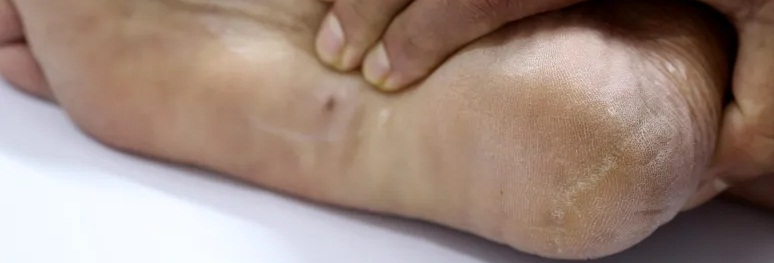
Some diseases, like athlete’s foot, psoriasis, eczema, diabetes, and thyroid disease may cause cracked heels as well.
Other factors include age, poor personal hygiene, and vitamin and mineral deficiencies.
Tips and Remedies
One of the best ways to treat cracked heels is by soaking them. The water should be warm, not hot, with some lemon juice, apple cider vinegar, or Epsom salts added in. Soaking should last for about 10 minutes and be repeated daily until the skin heals.
The pulp of a ripe banana applied directly to the skin is also an effective way to get rid of cracks. The pulp should be left on for 10 minutes and then rinsed off.
A mixture of glycerin and rose water should be applied daily onto the affected skin for as long as needed.
Papaya and lemon juice make a good remedy that needs to stay on for 20 minutes.
Feet can also be massaged with some coconut oil, which is good for moisturizing and soothing the skin.
Another effective remedy is a mixture of paraffin wax with some mustard oil. It should be applied every night, covered with clean cotton socks, and rinsed in the morning for 10 to 15 days.
A similar remedy which is particularly effective for very painful cracked heels is made with paraffin wax, warmed up a bit so it melts, and a little coconut oil. This mixture should be applied so it enters all the cracks and left overnight.
People prone to dry and callous feet and cracked heels should also consider changing their diet and ensuring that they take all the important nutrients, especially vitamin E, calcium, iron, zinc, and omega-3 essential fatty acids.
Hygiene is essential for treating cracked heels. Feet should be washed and exfoliated regularly.
- Limit baths and showers to 5-10 minutes. Bathing for too long can dry out the skin, making dry, cracked heels worse. Be gentle when blotting your skin dry with a towel.
- Use a gentle, fragrance-free cleanser. This will help your feet retain their natural oils.
- Moisturize within 5 minutes of bathing. Look for a moisturizing cream that contains 10-25% urea, alpha hydroxy acid, or salicylic acid, and apply it to your heels immediately after bathing while your skin is still damp and whenever your heels feel dry to lock in moisture.
- Before bed, apply plain petroleum jelly. Consider wearing socks at night to avoid getting grease on your bedding.
- Protect your heels. During the day, apply a liquid bandage over the cracks in your heels to create a protective barrier, which can help reduce pain, speed up healing, and stop germs from entering your skin.
- Wear the proper shoes. If you have dry, cracked heels, avoid open-heeled shoes, such as flip flops or slingbacks, shoes that are worn down, or shoes that don’t fit properly.




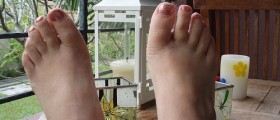



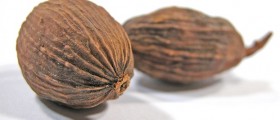

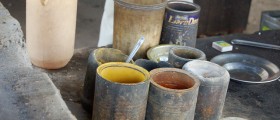
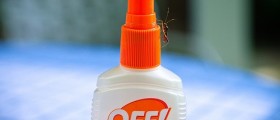


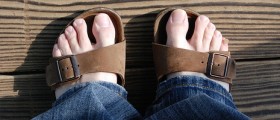
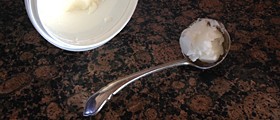

Your thoughts on this
Loading...